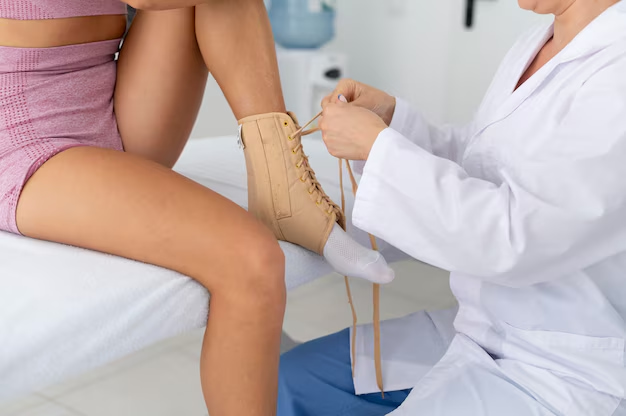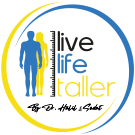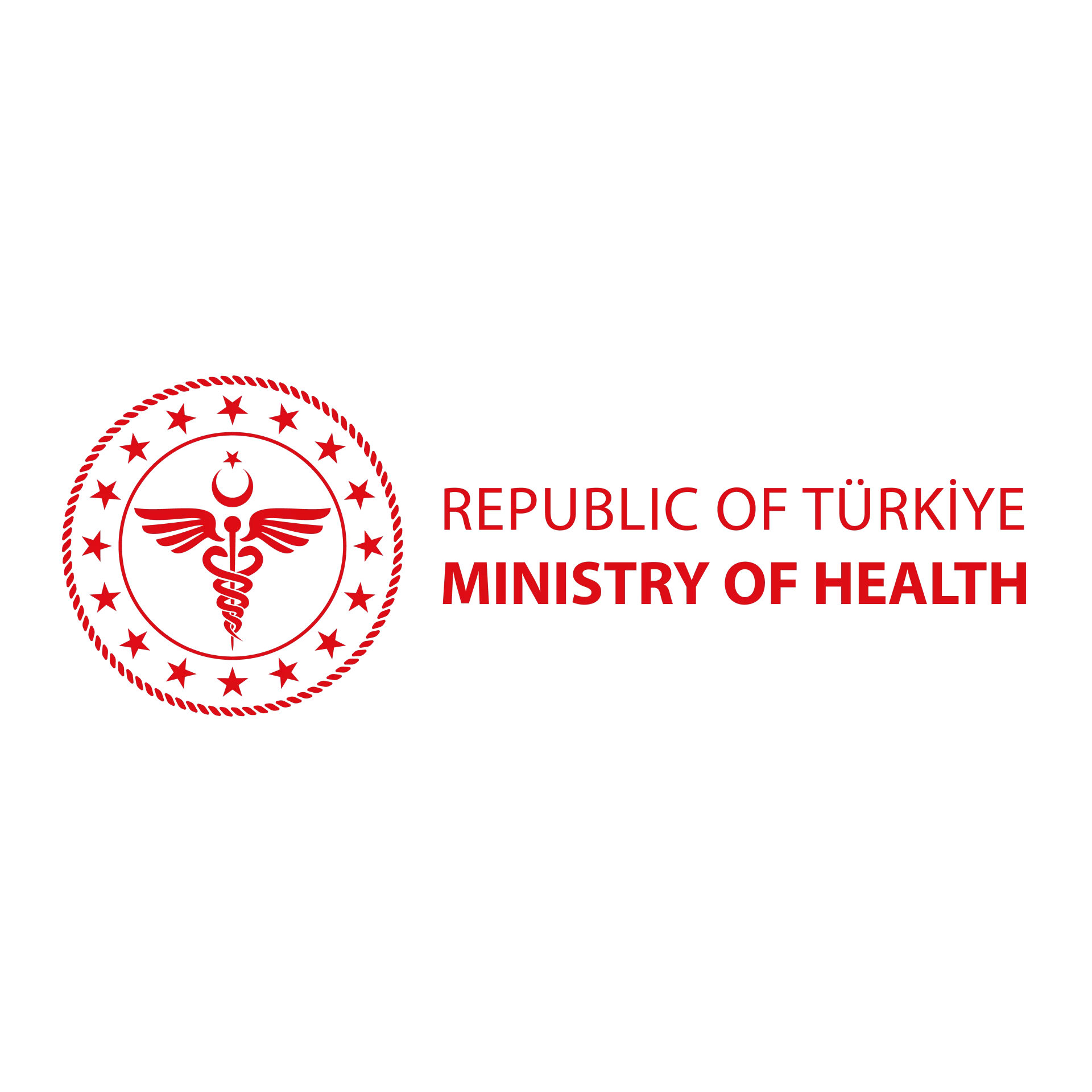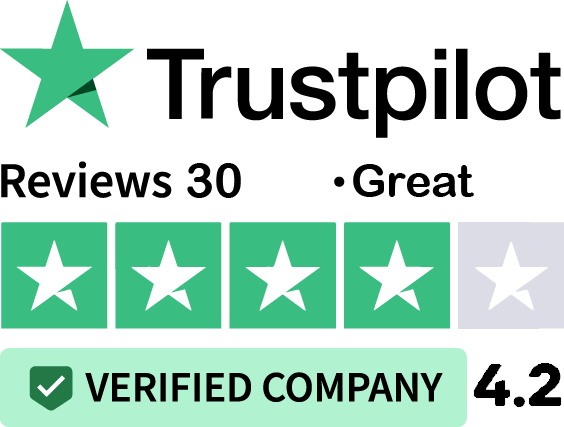
Growth plates play a vital role in the development of the skeletal system during childhood and adolescence. These specialized areas of cartilage are responsible for the lengthening of bones, contributing to height and overall growth. Understanding the function and importance of growth plates can provide insight into how the body grows and what happens when these plates are damaged or close too early. In this article, we’ll explore growth plates, their functions, locations, and common issues that can arise.
What Is A Growth Plate?
A growth plate, also known as an epiphyseal growth plate, is a layer of cartilage located at the ends of long bones. During childhood and adolescence, these plates are responsible for bone growth, allowing the bones to lengthen as the body matures. Growth plates are essential for determining the future length and shape of the mature bone.The epiphyseal growth plate is composed of several layers, known as the epiphyseal growth plate zones. These zones include the reserve zone, proliferative zone, and hypertrophic zone, each contributing to different stages of cartilage cell development and bone formation.
What Does A Growth Plate Do?
The primary function of a growth plate is to facilitate the growth of bones in length. As cartilage cells in the growth plates divide and multiply, they push older cells toward the center of the bone. These older cells then calcify and harden into bone tissue, resulting in bone elongation. This process continues until the growth plates close, typically during late adolescence or early adulthood.
Where Are Growth Plates Located?
Growth plates are found at the ends of long bones throughout the body. Key locations include:
- Growth plate in foot: These are located in the metatarsals and phalanges, allowing the feet to grow.
- Growth plate in knee: Found at the ends of the femur and tibia, these plates are crucial for leg length.
- Growth plate in wrist: Located in the radius and ulna, these plates contribute to the growth of the arms.
- These areas are particularly important during growth spurts, as the growth plates enable rapid bone elongation during these periods.
What Is A Growth Plate Fracture?
A growth plate fracture occurs when the cartilage in the growth plate is damaged due to trauma or injury. Because growth plates are softer and more vulnerable than the surrounding bone, they are more susceptible to fractures, especially in active children and adolescents.
A growth plate break can lead to complications if not treated properly, including uneven bone growth, deformity, and, in severe cases, premature closure of the growth plate. This is why it’s crucial to seek medical attention immediately if a fracture is suspected.
What Problems Can Happen With A Growth Plate?
Several issues can arise with growth plates, including:
- Growth plate fractures: As mentioned, these are common in young, active individuals and require careful treatment.
- Growth plate closure: Premature closure can occur due to injury, illness, or hormonal imbalances, leading to stunted growth in the affected limb.
- Diseases affecting growth plates: Conditions such as rickets, osteochondritis, or endocrine disorders can impact the normal functioning of growth plates, affecting bone growth and development.
How To Keep Growth Plates Open?
To ensure healthy bone growth and keep growth plates open as long as possible, it’s important to maintain a balanced diet rich in calcium, vitamin D, and other nutrients essential for bone health. Regular exercise, particularly weight-bearing activities, can also promote healthy bone growth.
How Can You Tell If Your Growth Plates Have Closed?
Determining whether growth plates have closed typically requires an X-ray, which can reveal the status of the growth plates. Once the growth plates close, they harden into solid bone, and further growth in length is no longer possible.
Frequently Asked Questions About Growth Plates
At what age do growth plates close?
Growth plates usually close between the ages of 14 and 18 for girls and between 16 and 21 for boys, though this can vary depending on individual factors such as genetics and overall health.
What happens if you break your growth plate?
If a growth plate is fractured, immediate medical attention is necessary. Without proper treatment, the fracture could lead to complications such as uneven bone growth or premature closure of the growth plate, potentially resulting in deformities.
Can growth plates affect your height?
Yes, growth plates directly influence your height. The lengthening of bones at the growth plates is what contributes to an increase in height during childhood and adolescence. Any disruption to the normal function of growth plates can affect overall height.
What damages growth plates?
Growth plates can be damaged by trauma (such as a fall or accident), repetitive stress from overuse, certain diseases like rickets, or hormonal imbalances. Preventing these types of damage is crucial for ensuring normal bone growth.

Op. Dr. Halil Buldu
Orthopedic Surgeon and specialist in Limb Lengthening & Deformity Correction with over 14 years of experiences
Author Page


